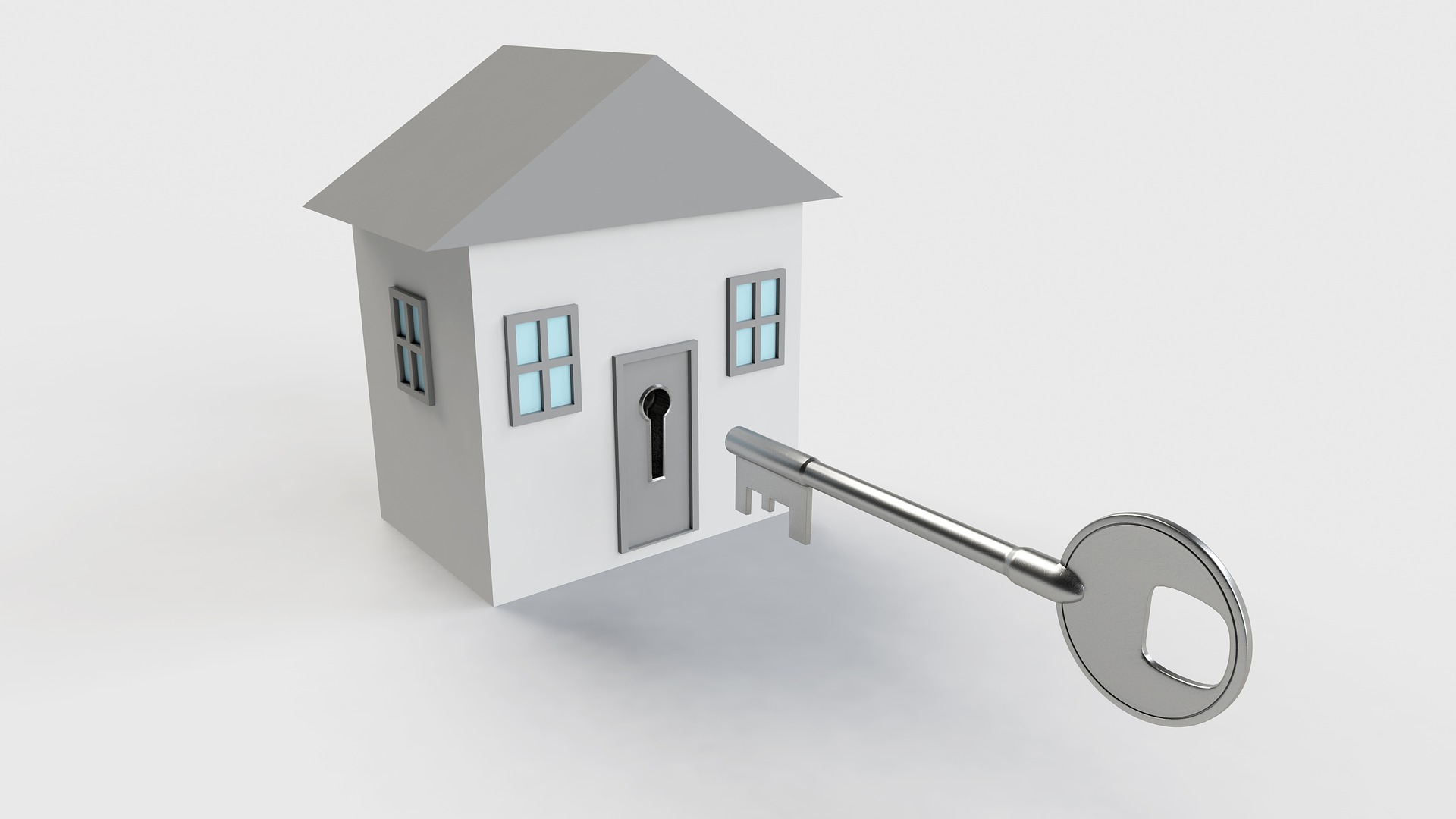Despite the fact that soaring mortgage rates and poor affordability slowed home ownership activity, each of these markets reported price increases year over year in January.
– A monetary logjam considering the coronavirus pandemic, which has hit nonflexible West Coast tech centers that were hammered during the emergency. In January, home prices fell by more than 10% year-over-year in San Francisco and San Jose, respectively, and by 7.5% in Seattle.
– Remote work policies and a rash of layoffs have made it less necessary for workers to live near their offices. Some people have chosen to sell their homes and rent instead, or relocate to cheaper or increasingly desirable areas as a result of this.
– An existing issue with affordability that prevented many potential buyers from becoming rhadamanthine homeowners. The median home forfeit in San Francisco was $1.4 million in January, as per Zillow, while in Los Angeles it was $825,000. These loans are significantly higher than the $363,000 national median.
– An increase in mortgage rates that have reduced purchasing power and made borrowing increasingly expensive. According to Freddie Mac, the typical 30-year fixed-rate mortgage was 6.42 percent last week, up from 4.42 percent a year earlier.
The eastern markets, on the other hand, are benefiting from factors that have increased demand while decreasing supply. These are some:
– A shift in homebuyers and businesses from states with higher taxes and higher financing to states with lower taxes and lower costs, particularly in the Sun Belt. People fleeing New York, New Jersey, and California, for instance, have increased their demand for Florida. In January, home prices in Miami and Orlando increased by 12% and 9.3%, respectively, year over year.
– A decrease in the starting price of a home that makes homeownership increasingly reachable and well-flavored to buyers. According to Zillow, in January, Buffalo’s median home price was $225,000, while Orlando’s was $300,000. These financings are tropical to or elevated above the $363,000 national median.
– The elapsed effect of low mortgage rates that have increased purchasing power and stimulated demand. Equal to Freddie Mac, the typical 30-year fixed-rate mortgage was 3.62 percent in January 2022, down from 3.72 percent the previous year.
